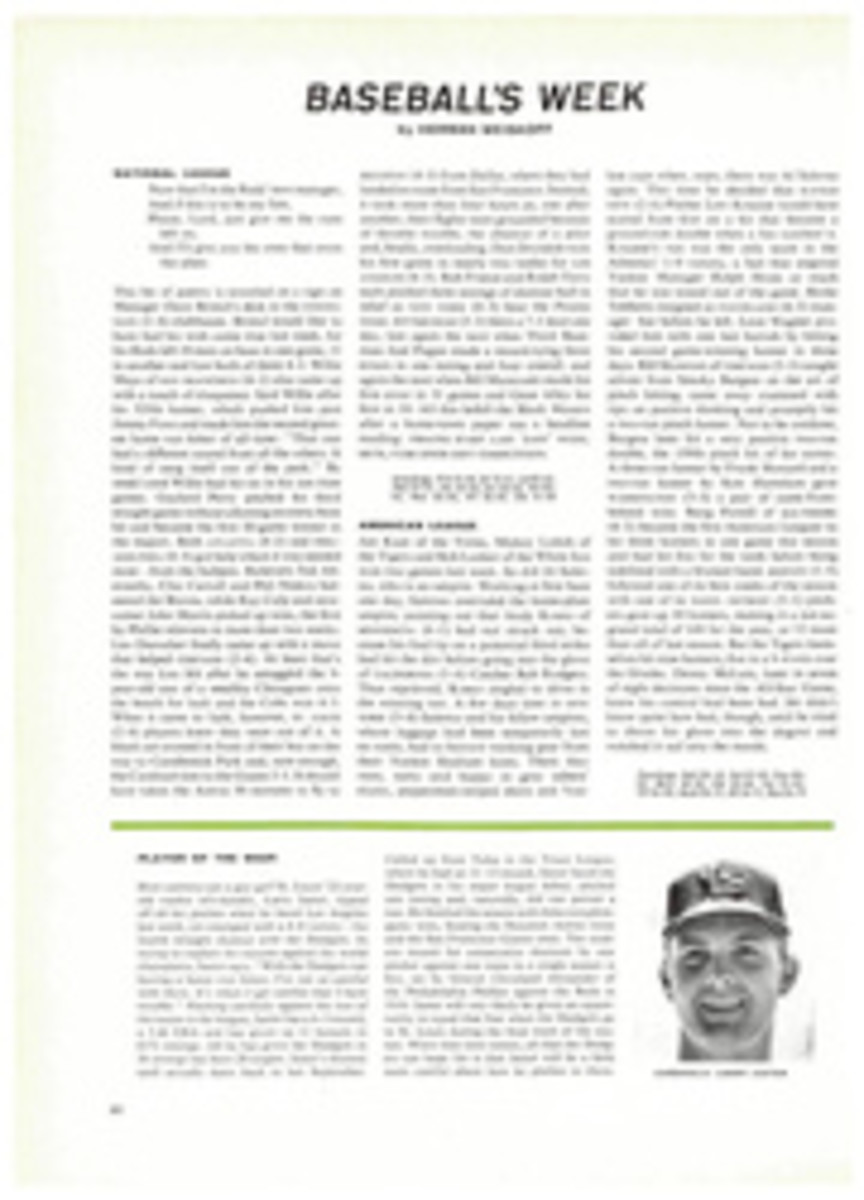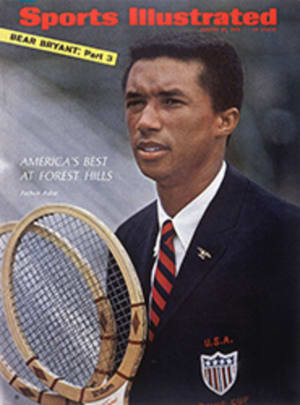
Keep your wrist firm, your eye on the ball—then take a deep breath and smile
If your entry has just been accepted for Forest Hills or if you're planning to play at Wimbledon in 1967, two recently published tennis instructional manuals are not for you. But for the rest of us, who are either just starting out or who aspire to nothing more violent than a win over the guy one notch up on the club challenge ladder, Sarah Palfrey's Tennis for Anyone! (Hawthorn Books, $3.95) and Bob Harman's Use Your Head in Tennis (Kennikat Press, $2.50) are valuable additions to even the most comprehensive tennis library. The authors" credentials are impressive. Sarah Palfrey won 54 major championships, including the U.S. singles title twice; Bob Harman has given postgraduate instruction to a host of tennis greats, including Jack Kramer, Bobby Riggs, Louise Brough and Margaret Osborne DuPont.
Miss Palfrey's book is intended as nothing more than an introductory primer to the game, and it succeeds admirably. It presumes no prior knowledge on the part of the reader and illustrates the fundamentals and basic strategies with ease and simplicity. Its secondary purpose is to show that tennis can indeed be fun, that it can be played with enjoyment and success well into middle age and even beyond and that its value to devotees far exceeds the immediate limits of the playing court.
Miss Palfrey's book can be used to advantage by those who may someday have championship aspirations. Harman's, on the other hand, is perhaps the most complete book ever written specifically for the club and public parks player who can make it to the court only twice a week. "All these people want is to have fun, and beat their own friends," he writes. "Why not a book for them?"
Why not, indeed? Harman's book was first published in 1950, but his simple rules have not needed a bit of revising. Tournament players follow them instinctively, but the average player tends to overlook them precisely because they are so obvious: Don't clobber the ball on every shot; don't worry about form (which, past the teen years, is so ingrained that it can't be changed anyhow); relax on the court; go all-out only on certain points; learn to anticipate; and so forth. In addition, his book includes meaty sections on court psychology, which every player from a Wimbledon champion to a neighborhood hacker knows is half the fun of the game. It doesn't have to be read all at once, either. Read a chapter, play a set, read another chapter—then stand back and watch your game, and court disposition, improve.

